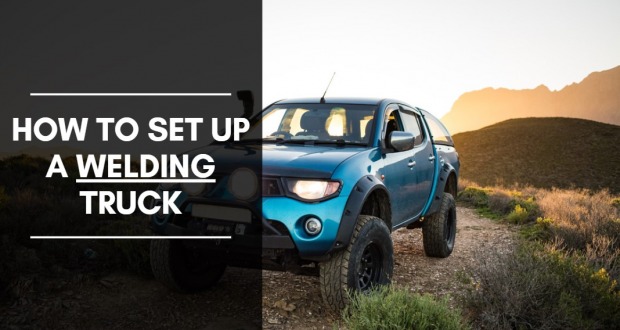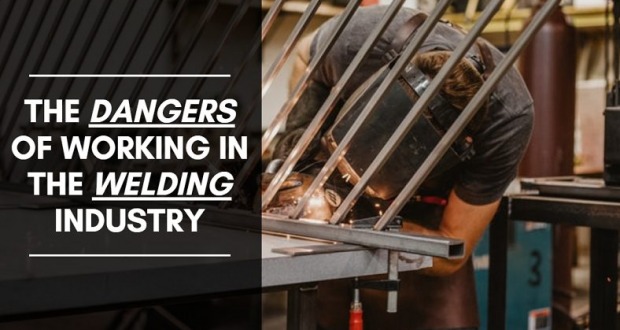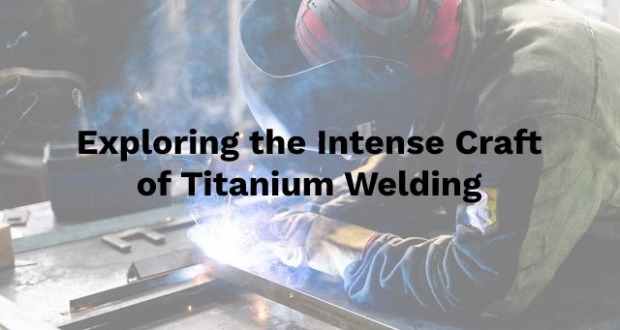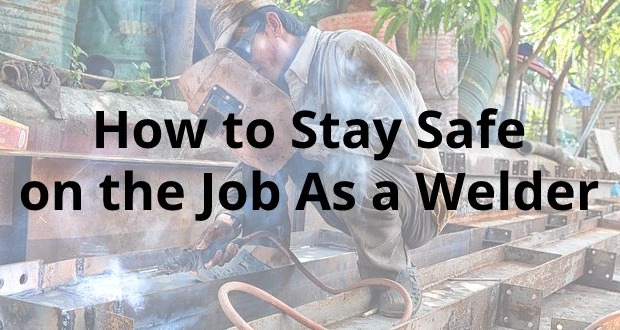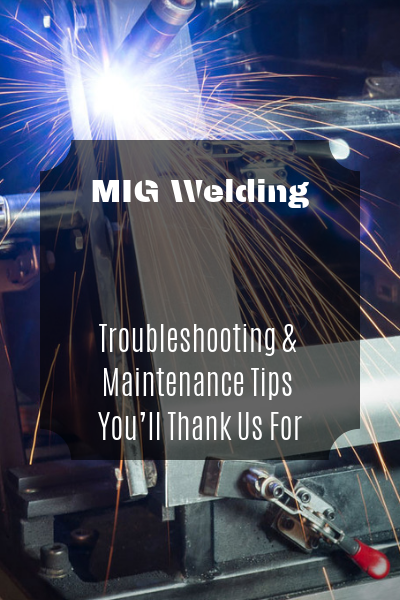
If you want your work to be effective, then you must take care of your MIG welder.
Even with careful maintenance, you’ll find that there will be good days and bad days with your equipment.
You’ll discover that if you keep the wire running at the right speed, and if your die is hot enough, that the work you do will surpass your expectations.
And then you’ll discover that nothing works at all.
When you search for MIG maintenance tips online, you’ll see a lot of people who blame their feeder for the problems that they’re having. That is not the case in my experience.
Most problems tend to start with the drive rolls.
If you don’t catch the issue fast enough, it will go all the way to the tip.
You’ll begin to feel some resistance in the gun as the wire decides it doesn’t want to feed smoothly anymore.
Here are some of the issues that can happen with your MIG welder and what you can do to keep a good day going.
Issue #1: Drive Rolls Are Not Cleaned
Let’s be honest here: when is the last time you cleaned your drive rolls? Most people answer, “Never.”
The knurls, or grooves, of the drive roll, can become contaminated with drawing compounds over time. Manufacturers of MIG wire use the compound to reduce the size that this welding process requires. You’ll also find smoke contamination and grit from your grinding or sanding.
When the knurls become packed with debris, it affects the grip and tensioning of your wire. Although smooth rolls are less affected by this issue, you’ll want to check.
Use a wire brush to eliminate any debris that packs itself into the grooves of the drive roll. When you’re cleaning, inspect the grooves for wear and replace them as necessary.
Issue #2: Your Pressure is Too High
Let’s say that you begin to experience a feeding problem. What is your natural reaction to that issue? There’s a good chance you tighten the drive roll to get a better grip. It’s a simple solution that seems to overcome a temporary problem.
When you maintain high pressure, however, knurled drive rolls begin to tear away at your guides, liner, and tip. If you feed solid wire, you’ll notice chips in it that feel like “teeth.”
To solve this problem, make sure that you blow out your liner at least once per week. Start at the torch end, then move your way back to the feeder end. It doesn’t take much for the shavings in there to start causing issues.
Issue #3: You Have a Worn Spring Liner
The spring liner that is used in your hose or cable assembly is removable, which means it is replaceable. Almost all of them have two beds that require frequent inspection: at the torch neck, and at the feeder.
The wire will rub in the same spot at both locations. Over time, this action creates a groove in your liner. When the groove begins to grow and deepen, an area of friction is created. Add more bends and you’ll create more friction.
Over time, the change becomes permanent. You’re stuck with a lot of drag on the wire without any way to immediately fix it.
You’ll need to replace the liner to repair a deep groove. If you got lucky, there will be a kink in the liner instead, which means you can blow it out, turn it around, then install it again. Make sure you index it first!
Issue #4: There Is a Tip Problem
The business end of your MIG welder is the tip. When evaluating the entire torch assembly for your equipment, this is the item that you’ll replace the most. It handles the spatter, the heat, and the mistakes that you make when welding.
Normal wear and tear will occur all the time. If your welding seems ineffective, this might be the cause of the issue. Replace the tip to see what happens.
As for a wire feeding issue, the tip is almost never the problem. You will see the results of a maintenance issue at the tip, however, which often causes it to be replaced. If you have replaced your tip, and you’re still experiencing problems with your welder, then one of the previous three issues is your likely cause.
Issue #5: You Have No Ground
There are times when a bad ground will present itself in the same way that a feeding problem is represented. You’ll begin to feel some chatter or a stutter in the line. You may even feel like a speed or voltage adjustment is necessary because of how it feels.
When you have bad ground, there is a high probability that you’re encountering additional issues when trying to work. You might have a lack of coverage with your shielding gas, contamination of your base metal, or even a tip that tries to grab on you.
As you are working, take the time to check your ground at the power source for your MIG welder. Then be sure to check your work clamp and your wire feeder. Never assume that your ground has stayed good if you encounter an issue. When this problem arises, you can destroy your tip with spatter or burn-back. Check your diffuser and cone to ensure they are not clogged. Clean them with a wire brush if you encounter dirt, debris, or spatter there.
Here’s a pro tip: After checking your ground, inspect the other connections that are necessary for proper functionality.
Issue #6: The Liner Isn’t Right
Another issue with debris buildup for your MIG welder occurs when the liner you have isn’t cut to the proper length. If the liner is too short, then you’ll find dust and dirt building up between it and the retaining head. That will cause some chatter to happen. Short liners must always be replaced to restore proper function to the unit.
You can experience a similar issue if you roll something heavy over your gun cable. Should that happen, it will flatten your liner. 99.9% of the time, if a heavy object is driven over the cable, you’ll need to replace it.
If the liner is cut too long, then it may interfere with the feeding process.
You may be able to cut it to the proper size. Should you see damage to the liner, however, a total replacement will be necessary.
A Final Thought About MIG Welder Maintenance
Taking care of your MIG welder means being proactive about cleaning it. You must listen to what the equipment is telling you to properly troubleshoot the issue.
To maintain the characteristics of a good weld, make sure that you’re applying wire cleaner and lube, even if you primarily use the FCAW setting on your equipment. Nozzle dip is another good maintenance option to preserve your consumables.
Then regularly inspect your drive rolls to see if an issue is developing. Make sure there aren’t any grooves developing in your liner. Then double-check your ground to ensure its strength.
These actions will promote better feeding, extend the life of your components, and led to more good welding days.

